
© English National Ballet. (Click image for larger version)
English National Ballet
Digital Season: Senseless Kindness, by Yuri Possokhov and Thomas James
★★★★✰
Filmed October 2020 and available online
www.ballet.org.uk
Yuri Possokhov’s contribution to ENB’s digital season is based on the novel Life and Fate by Vasily Grossman – a War and Peace about the Soviet Union during World War II. Possokhov was allotted just 15 minutes for his creation, far too brief to compress a saga about Russian families caught up in the machinations of Soviet Communism and German Nazism. So he distilled his ideas into a double duet, set to the two themes of Shostakovich’s Piano Trio No.1.
Possokhov, now 56, grew up in the Soviet Union, becoming a dancer with the Bolshoi Ballet for ten years under the direction of Yuri Grigorovich. After a year with the Royal Danish Ballet, he joined San Francisco Ballet in 1993 as a principal dancer. There he began choreographing and, after his retirement as a dancer, became choreographer in residence. He has created ballets for many companies, including the Bolshoi. His ballet about Rudolf Nureyev, with the director and designer Kirill Sebrennikov, caused controversy in Russia.
Senseless Kindness is Possokhov’s first creation for a British ballet company. The title refers to Vasily Grossman’s belief, expressed in Life and Fate, that ideology crushes compassion and that ‘senseless, irrational kindness is the truest expression of human freedom’. The two couples in the ballet relive contrasting memories of youthful optimism, maybe believing in the ideals of Soviet Communism, followed by their experience of fear and oppression.
It is a worth watching several times because of its references and because of Thomas James’s filmic effects. Although there’s no obvious narrative line, James conjures up a disturbing interplay of dark shadows and hazy lighting, a black-and-white cinematic homage to early Soviet film-makers. The lighting effects and camera angles change as swiftly as the moods in Shostakovich’s Piano Trio, played by Julia Richter, piano, Matthew Scrivener, violin, and Garry Stevens, cello.
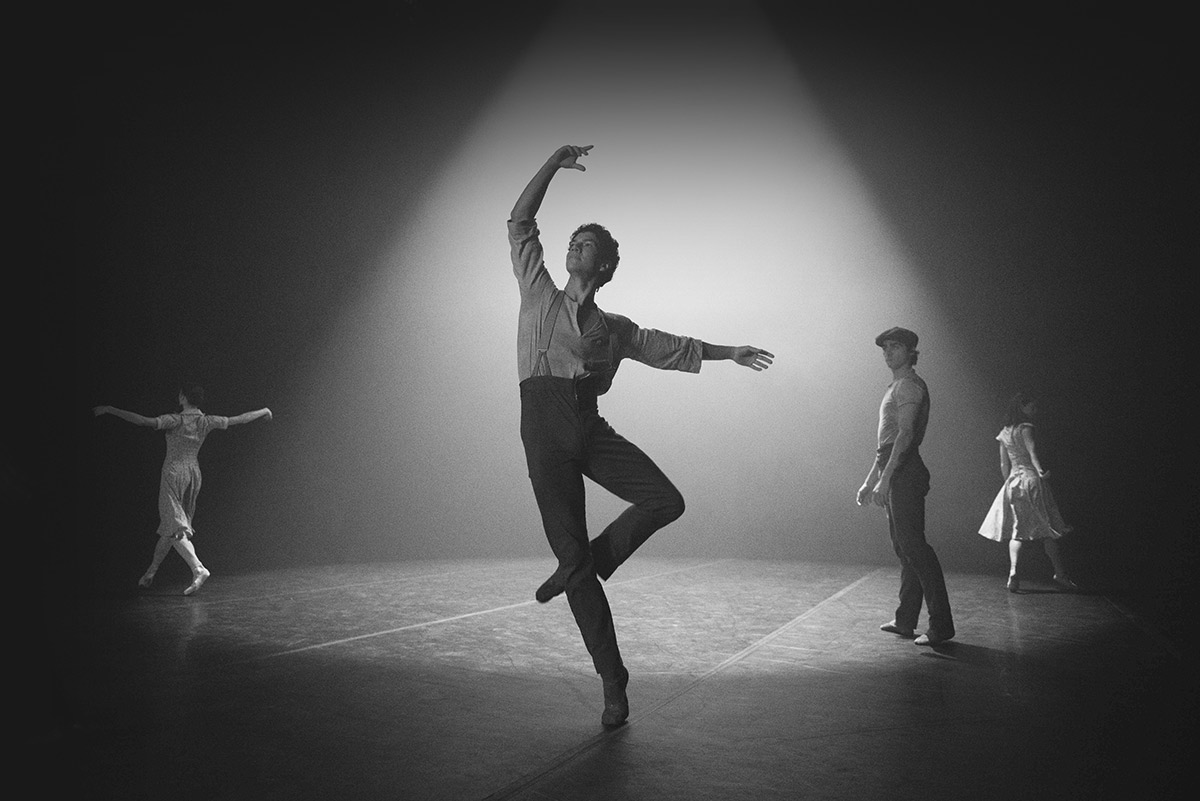
© English National Ballet. (Click image for larger version)
The couples of dancers may well be alter egos. Isaac Hernandez is the principal protagonist, wearing basic working clothes – shirt and trousers with braces. He is shadowed by Francesco Gabriele Frola, similarly dressed but with a heavy cap hiding his eyes. Is he another aspect of Hernandez’s character, a friend or a rival? Alison McWhinney, Hernandez’s partner, has her dark hair loose while blonde Emma Hawes has tied up hers. Both wear the same simple dress, 1940s style. They possibly represent the same woman at different stages of her life, recalled with pleasure and sorrow.
Sometimes the dancers’ movements are deliberately blurred, their interactions hazy. At other times, they are seen through bars of shadow, projected onto them and the floor. Just when one of them seems confined, he or she breaks into a comic silent movie caper. Each has a brief solo between encounters with their partners. Hernandez and Frola soar in male virtuoso steps, heroically or defiantly; McWhinney is youthfully impetuous, Hawes an embodiment of idealised Soviet womanhood. Yet when the women are held in their partner’s arms, there’s a sense of foreboding: their pliant bodies and swooning backbends suggest exhaustion or even death. The brief work ends without a resolution.
The ballet-based choreography is episodic, varying with the music’s recurring themes – dreamy, agitated, brooding, declaratory. Senseless Kindness is a tantalising précis of what might eventually be a fully developed work, told through the perspective of the Hernandez character. He is seen in close-up more frequently than the other three, but in the frenetic activity and intercutting we never find out who the participants really are – or were.










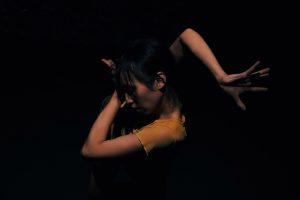
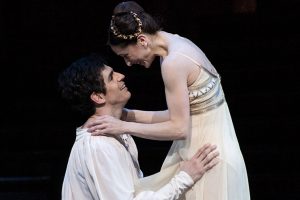

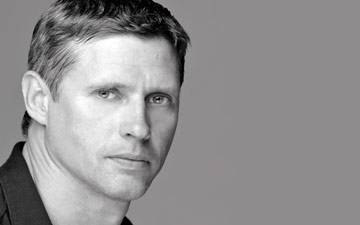
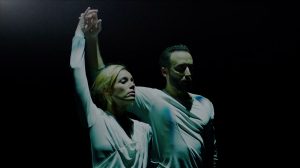


You must be logged in to post a comment.